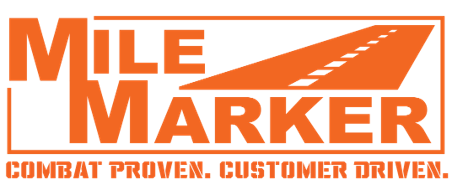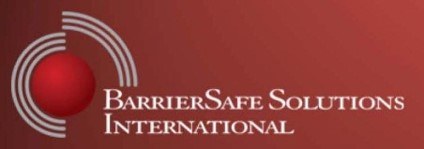The Ladder of Inference And Transforming Organizations
June 26, 2021
A TWO-SIDED LADDER
When you do turnaround work, interim CEO work, and/or any kind of transformational organizational change, you inevitably find yourself in the midst of a two-sided Ladder of Inference problem.
The Ladder of Inference was first put forward by organizational psychologist Chris Argyris and used by Peter Senge in The Fifth Discipline: The Art and Practice of the Learning Organization.
The Ladder of Inference describes the thinking process that we go through, usually without realizing it, to get from a fact to a decision or action.
On the one hand, you can easily jump to conclusions and have preconceived notions, as the change agent; on the other side, the veterans of the industry you’re working in, or the company you’re working on fixing, can quickly dismiss your lack of industry knowledge as a major risk or failure factor, or it just may be a response to their own fears.
In my experience, industry experience is grossly overvalued.

Many organizations suffering through poor financial and operating performance are in the midst of a misalignment between their own reality, and the actual reality of what’s happening. They’ve often lost touch with clients and customers, and other stakeholders.
They have management myopia (or governance myopia, if the board is the problem.)
And, the most important thing a transformational manager can do, is collect objective data. And the second most important thing is, once that data has been collected, don’t jump to conclusions.
OK, back to the ladder…but, why two sides?
Well, as the change agent, a turnaround or transformation manager, or interim CEO, or chief restructuring officer, inevitably view the steps and the sequence of the rungs in the ladder one way, and the other folks see it differently.
But that’s ok.
From either side, success can only come from being rooted in reality. Reality and facts (and factual evidence) are at the base of the ladder. From this point of “safety,” where we’re closest to the ground, we begin to ascend. As we go up, we must look at facts, isolate our beliefs and prior experience, and draw conclusions based on hard data, and be prepared to take objective actions. That’s hard for people to do.

Some are afraid of heights, so to speak.
And, no doubt, people are creatures of habit, inertia and momentum, and change is difficult.
It’s human nature to page ahead in the test, to skip scenes while watching Netflix, to wanting to know what happens at the end of a book.
A challenge in the company or organization in question is that, across departments, locations, functions, and even geography, “sets” of employees undoubtedly have preconceived ideas, blind spots, and “blocks” preventing them, and by proxy, the organization, from moving forward.
That is further complicated by what a prior management team may have told them, and whether they identified, or disagreed with, those perspectives.
And, there may be legacy cultures in departments and locations that pre-date even the current ownership group. One company I worked on had 9 owners in 34 years. They’d been there, done that, and had nine T-shirts and coffee mugs telling them that this time it was different.
Do employees know what the plan was? What the new plan is? Did they agree with it? It doesn’t matter because now they are in the midst of another change —external consultants, perhaps a new CEO and perhaps other new executives, site heads, functional heads, etc.
All of the stakeholders of a given organization — the bank, lenders, vendors, employees, shareholders, customers, former legacy owners in some cases — have wildly varied beliefs, experiences, judgment, and degrees of openness of mind.
And sometimes the enormous stack of challenges to the business organization, which can be overwhelming, and seem more like a wooden ladder heading down into Dante’s Inferno. Often great motivation comes in the trials by fire — often one or more stakeholders feel the heat and the lick of the flames.
The point of The Ladder of Inference is to force objectivity and get consensus to move a team of people forward in unison, to respond to and manage challenges.
It’s like my one of my old mentor’s sayings, “either you’re in the boat or you’re on the shore.”
Some won’t understand what is happening. Some won’t care. Some just leave. Some check out.
But most dig in, buckle up, let go, and hang on.
 And when they first witnessed positive impacts, they realized they didn’t have to be fearful.
And when they first witnessed positive impacts, they realized they didn’t have to be fearful.
And, they climb to a higher elevation, step by step.
Just like climbing a ladder.
And, God willing, the fear of heights eventually subsides and the impact of their collective change transforms the organization.
REFERENCE
Argyris, C. Overcoming Organizational Defenses: Facilitating Organizational Learning, 1st Edition,©Printed electronically and reproduced by permission of Pearson Education, Inc., Upper Saddle River, New Jersey. and Sons, Inc.



































































































































































































